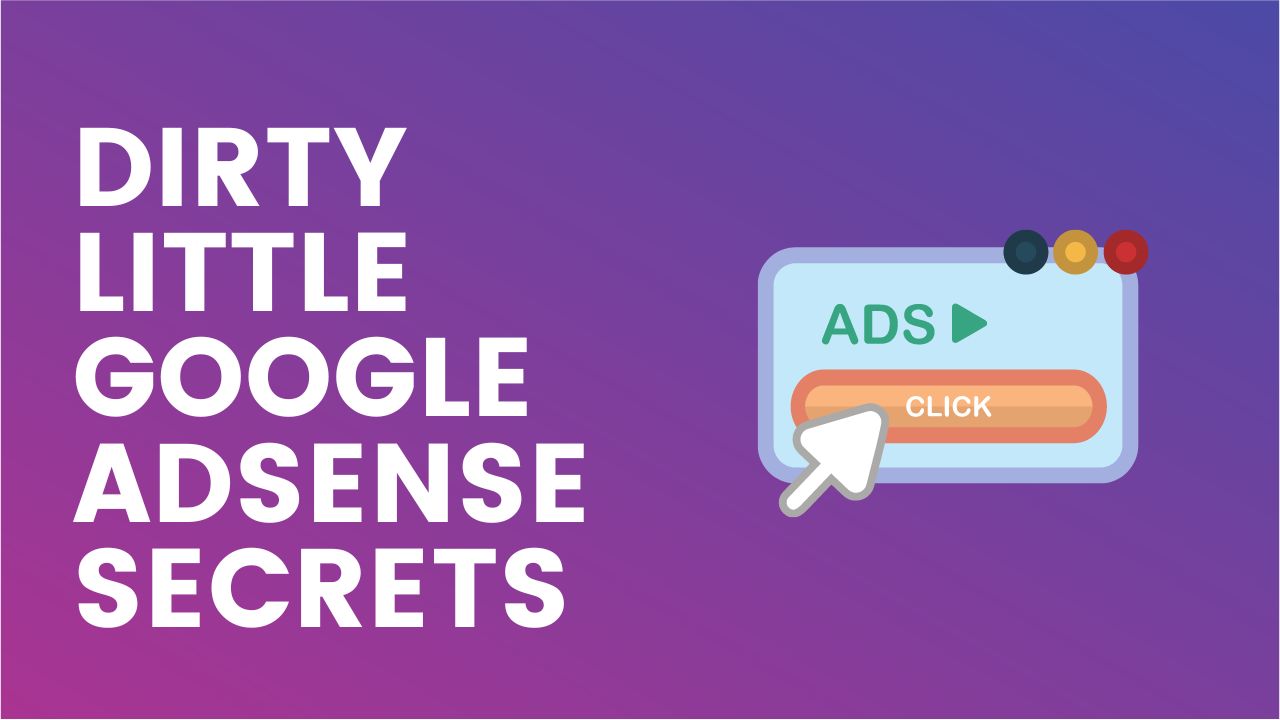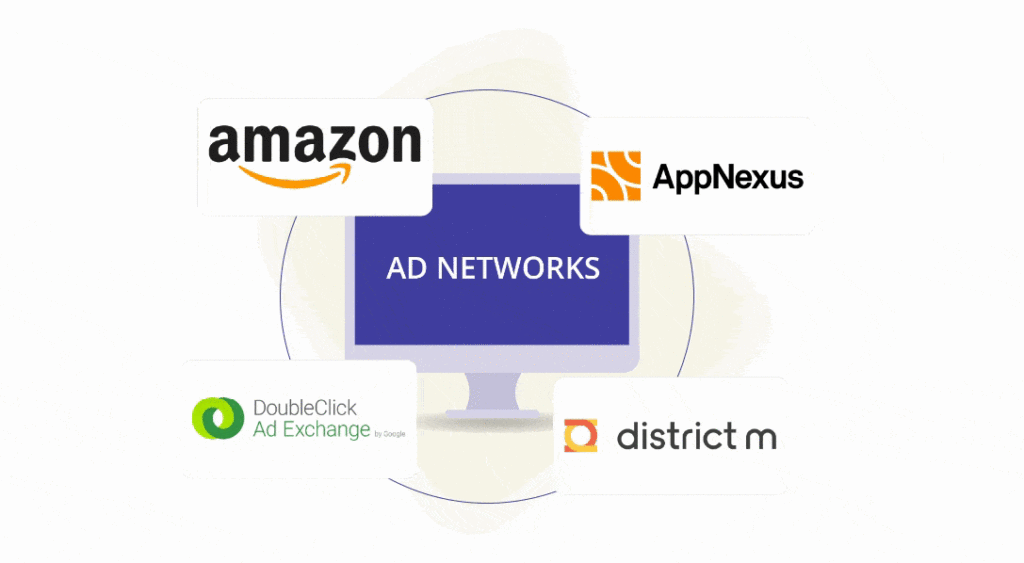
Google AdSense has long been one of the biggest names in the online advertising world, and for good reason. With a wide reach and ease of use, it’s no wonder that AdSense is the go-to choice for many publishers looking to monetize their content. But recent changes by Google have raised concerns about AdSense’s dominance in the publishers’ marketplace and have led many publishers to look for alternatives.
One of the biggest changes has been Google’s move to phase out third-party cookies, which has raised questions about how effective AdSense’s contextual advertising platform will be in the future. Additionally, Google’s recent updates to its privacy policies and data collection practices have led to increased scrutiny from regulators and consumers alike.
Despite these concerns, there’s no denying that AdSense still performs very well for many publishers. Its contextual advertising platform is still one of the best-designed and optimized options out there, and it has a massive network of advertisers. However, if you want to maximize your advertising revenues, it’s important to explore alternative networks and compare revenue stats to optimize your performance.
Despite its many benefits, there are some potential downsides to using Google AdSense. One of the biggest risks for publishers is the possibility of having their account suspended or banned by Google. This can happen if Google detects invalid clicks or impressions on your ads, or if you violate their policies in some other way. While AdSense has strict policies in place to prevent click fraud and other forms of invalid activity, there’s always a chance that you could be penalized for something outside of your control.
Another downside of using AdSense is that publishers have limited control over where their ads are placed. While AdSense does offer some customization options for ad placement, such as the ability to block specific categories or advertisers, you won’t have complete control over where your ads appear on your site. This can be frustrating for publishers who want to maintain a certain level of control over the user experience on their site.
Despite these downsides, many publishers still find that the benefits of using Google AdSense outweigh the risks. By following best practices and staying up-to-date on AdSense policies, you can minimize the risk of account suspension and maximize your revenue potential with AdSense. However, it’s always a good idea to explore alternative ad networks and revenue streams to diversify your income and reduce your reliance on any one platform.
As I said before, to maximize your advertising revenues you have to splice in multiple networks. But how do you compare revenue stats and optimize? There are three ad metrics Google AdSense makes available to their clients:
Page eCPM is the default ad metric Google offers to publishers. Most publishers solely look at this metric and forget about the rest. This is a mistake when you are splicing in other ad networks. The page eCPM is measured as the average eCPM a publisher makes per page view. It’s an aggregate of all the Google AdSense ads on one page. So, if you are splicing other ad networks your page eCPM will drop even if the specific ads are performing at the same eCPM.
The ad unit eCPM is the average eCPM of each type of ad averaged into one eCPM. This is a better measurement when comparing the performance of other ad networks.
Contextual vs placement eCPM is a great measurement to measure the performance of your ad creative testing and measure the effect of market drivers. Placement ads are impressions from advertisers that specifically found your website through Google AdWords and chose to advertise on it. Generally, these impressions pay higher eCPM’s because the advertisers are more targeted, bid higher and have already been performing well in the past with your website. Contextual impressions are all other impressions that stem from the contextual portion of AdSense. Advertisers bid on a keyword and if that keyword is found a substantial number of times on your webpage, that contextual ad will show up.
When you test different ad creative combinations for AdSense you should only use the contextual eCPM to measure its performance. Placement impressions aren’t as affected by your ad creative changes. They are more effected by the performance of the advertiser that has directly chosen your site to advertise on. Since placement eCPM’s tend to be higher you want to maximize them. Changes in placement impressions tend to be affected by market forces. If the economy is good, advertising goes up and advertisers put more money in their Google budgets which means you get more placement impressions.
The creation of the Page eCPM is pretty clever on Google’s part. Most publishers compare their page eCPM to other networks ad unit eCPM. This is like comparing the value of one apple to a whole carton of apples. The page eCPM will always be higher than the ad unit eCPM. In essence, the page eCPM is inflated because of this misinterpretation and Google AdSense gets way too much preference for impressions.
The best way to compare your Google AdSense eCPMs with other ad networks is to drill down to specific ad sizes. You can do this through Doubleclick for Publishers in the reporting section. All you need to do is check “AdSense eCPM” as one of the metrics and search each ad size and placement. Then you can get the specific ad eCPM for each size and placement. You can now use those to compare to the other ad networks. The idea is to give weight towards the ad network that is delivering the better eCPMs for each ad size and placement. Then, you’ll be well on your way to boosting your advertisement revenues!

Looking for an alternative to Google AdSense that can help you earn even more revenue from your website? Why not just try MonetizeMore?
Here are just a few of the reasons why MonetizeMore stands out as the best alternative to AdSense:
So if you’re looking for an alternative to Google AdSense that can help you earn even more revenue from your website, look no further than MonetizeMore! With our expert optimization, personalized support, and premium partnerships, we’re the best choice for publishers who want to take their ad revenue to the next level. Get started here to 10X your revenue.

With over ten years at the forefront of programmatic advertising, Aleesha Jacob is a renowned Ad-Tech expert, blending innovative strategies with cutting-edge technology. Her insights have reshaped programmatic advertising, leading to groundbreaking campaigns and 10X ROI increases for publishers and global brands. She believes in setting new standards in dynamic ad targeting and optimization.
10X your ad revenue with our award-winning solutions.